I finally made it to Fort Scammon, a Civil War-era earthwork atop what's now Fort Hill in Charleston, West Virginia, No one died at the fort, or because of it, and historians can't affirm that any artillery was ever even fired from its now-grassy battlements. By the time Union soldiers finished building the fort, the war in the Kanawha Valley was practically over. But the site is pleasant, especially if you enjoy mountaintop vistas, and should serve as an interesting enough place to inspire children to discover history.
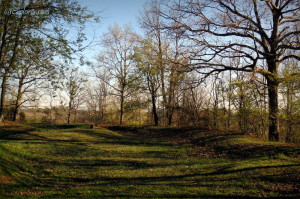
Visitors today will find a series of grassy slopes and mounds, from the tops of which glimpses of the Kanawha Valley may still be gained over the roofs of surrounding homes. Soon after the war, the property fell into neglect and was never developed, despite the incredible views it affords. In 1977, the City of Charleston acquired the property, undertook an archaeological survey, and established a small day-use park.
Visitors who wander into the center of the fort will likely have little trouble spotting a concrete pedestal that rises from a rounded mound, the former foundation for fort's powder house. Atop the pedestal is anchored a round brass marker, a geological survey marker, with an arrow that points towards a second brass marker, a "bench mark," on the high point of the south wall of the fort. The marker is inscribed with an equallateral triangle and the words "Fort" and "1944." These benchmarks often surmount such high points and have long served mappers and surveyors trying to determine location and elevation. A second marker, here on the pedestal, usually accompanies the first and points to its location as a redundancy. In this case the marker designates the highest point on Fort Hill at 1,944 feet above sea level.





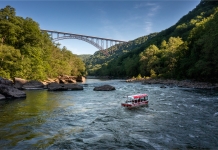
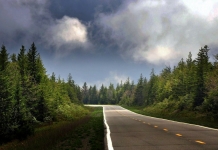
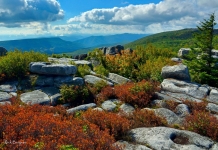
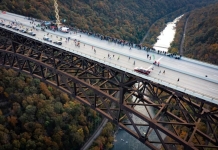


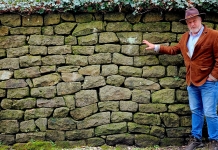
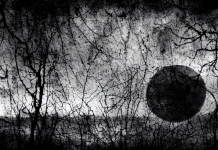

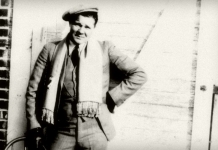
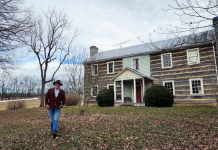
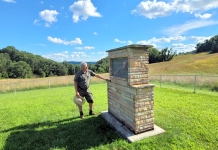








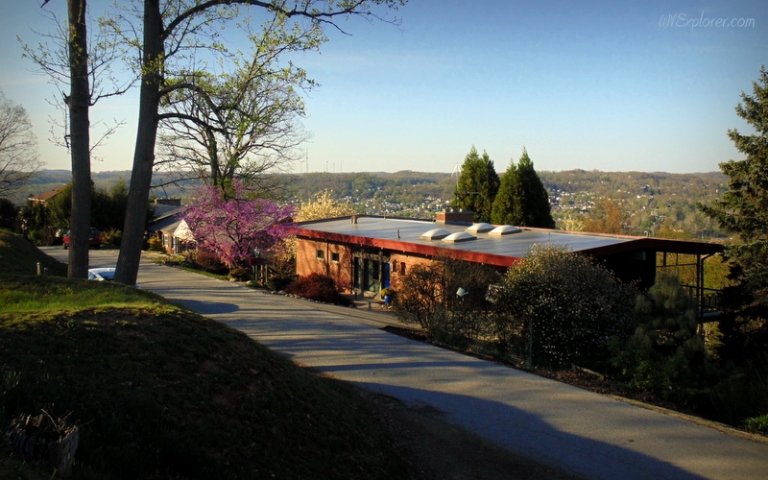




Facebook Comments